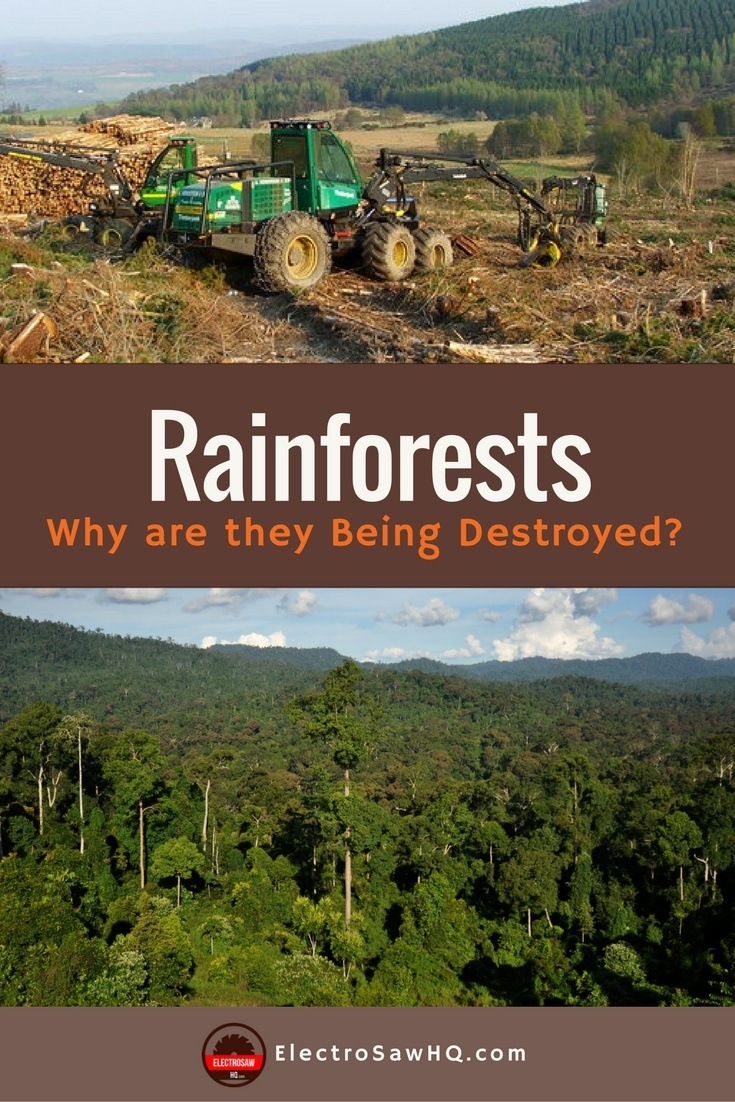- You are here:
- Home »
- Blog »
- Blog
- » Why are Rainforests Being Destroyed?
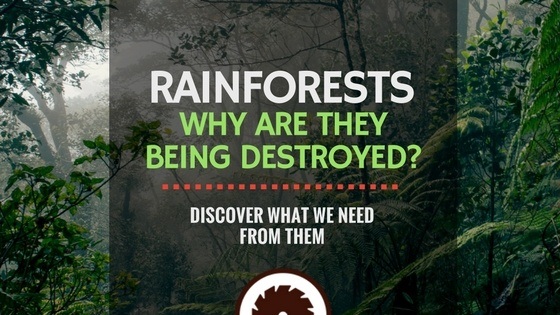
Why are Rainforests Being Destroyed?
Quite frankly, it's because we want something the rainforest has. By far, the main reason trees, plants and wildlife are destroyed in this area is to pave the way for standardized agriculture. Despite the fact that the rainforest already has an abundant, sustainable ecosystem full of food, humans tend toward less-ecologically sound agricultural practices. There are two main demographics responsible for this type of rainforest destruction--impoverished farmers and large, wealthy corporations. At ElectroSawHQ we believe that the concerns of both must be addressed if we are to preserve the rainforests over the long run.
The rainforest canopies protect the land underneath from the sun's heat while returning water back to our atmosphere.
Table of Content
What are the Effects of Rainforest Destruction?
One of the most alarming effects of rainforest destruction causes and effects is climate destabilization. As the climate becomes more unstable, fires take out hectares and hectares of forest floor that would not have otherwise burned. This then prevents the smaller, newer trees from growing until the forest floor has recovered. Then, there are the man-made causes of deforestation.
If more people understood deforestation effects on humans and deforestation effects on animals, they would be less likely to engage in harmful farming and logging practices. Unfortunately, short-sighted profit seeking and a willingness to ignore the universally understood rainforest deforestation facts creates a larger problem. Ultimately, this behavior gets in the way of both long-term sustainability and even long-term profitability.
The rainforest canopies protect the land underneath from the sun's heat while returning water back to our atmosphere. This prevents desertification of the surrounding land. These massive forests also absorb greenhouse gasses from our atmosphere. So, what effect might the destruction of the rainforest have on climate change? A LOT. Without these forests or a suitable replacement, we would be subject to more extreme global warming and to more intense temperature swings all over the world.
How can we save the Rainforest
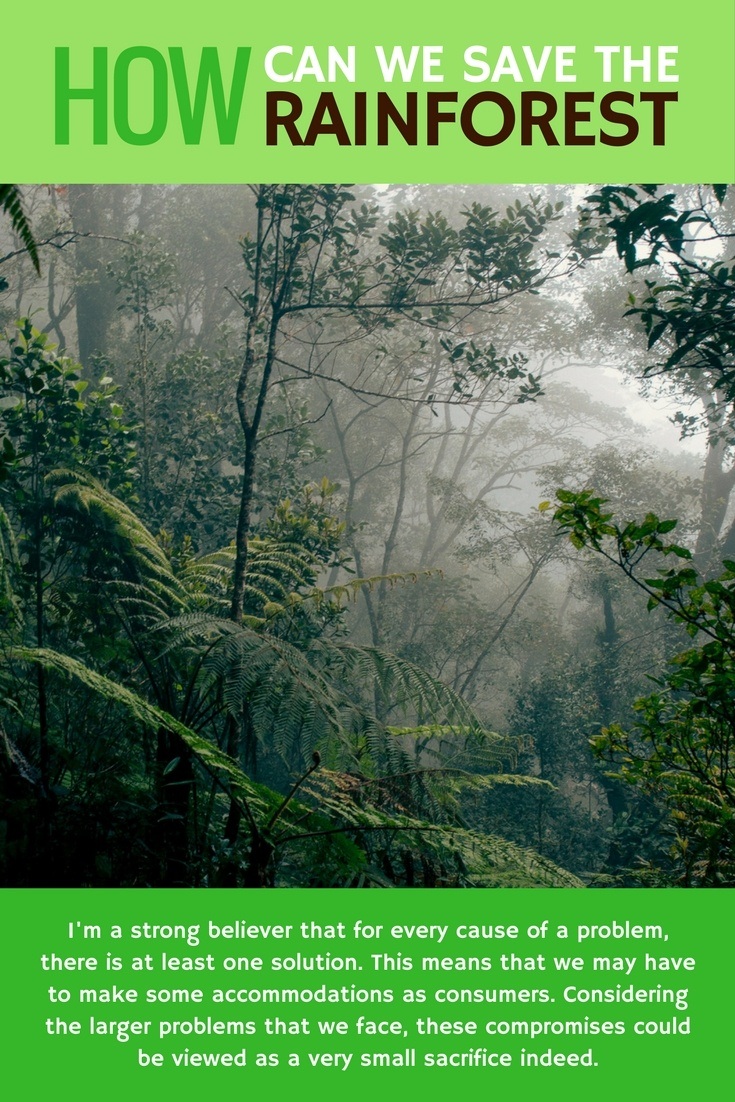
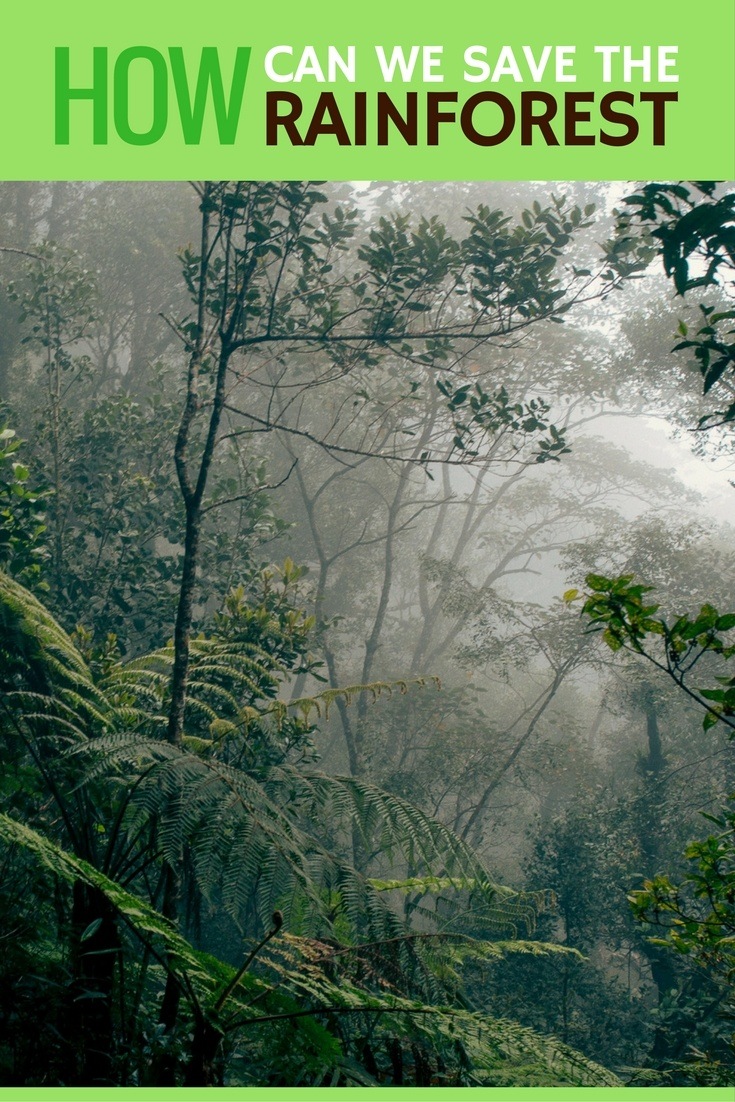


I'm a strong believer that for every cause of a problem, there is at least one solution. This means that we may have to make some accommodations as consumers. Considering the larger problems that we face, these compromises could be viewed as a very small sacrifice indeed.
Rainforest Destruction Causes, and Their Solutions for 2019
Timber



Timber production often immediately precedes agricultural use of rainforest land. Rainforests, both tropical and temperate, are harvested for timber that is used throughout the world. But there are far more sustainable sources of wood and we should be using them instead.
Unfortunately, tropical timber is still commonly sold at local hardware stores, even though it is usually not sustainably grown and is often illegally harvested. The temperate rainforests are also particularly at risk to logging. In fact, over 50% of our temperate rainforests have been destroyed already.
PROBLEM
There is still a large demand for the rare timber that can only be found in tropical rainforests. Estimates are that the rare wood found here can be worth as much as 1 billion to 4 billion dollars per million hectares of rainforest. This is quite a financial incentive for the deforestation of more than a reasonable amount of land.
SOLUTION
Statistically, an acre of rainforest land will yield roughly $400 of timber and then $60 worth of cattle. If that same land were to be used for harvesting of sustainable resources instead, it could yield $2.400 per acre. This means that you aren't even depriving poor farmers of a living if you buy your timber locally from more quickly renewable tree types.
Agriculture
So, who is cutting down the Amazon rainforest for agriculture? Believe it or not, it's not just large corporate farmers. Small, local impoverished farmers deforest large areas every year as well, but for a very small profit and not very sustainable income.
Small Farmers
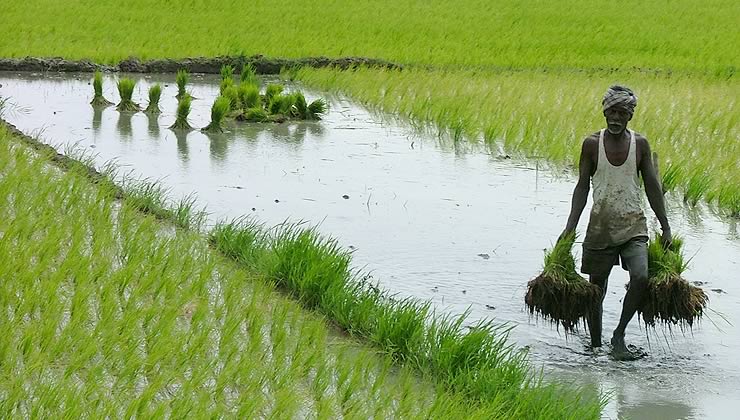


PROBLEM
The small farmers practice slash and burn techniques to clear a large enough patch to work for a couple of years until the soil is depleted of its vital nutrients. These farmers then move on to another patch, leaving behind the depleted, ruined remains that will take decades to recover--if ever.
SOLUTION
Small farmers are doing this because they can make a living to feed their families by meeting market demand for cheap availability of certain items. Coffee is a very common culprit in this situation. The only way to stop this abuse of the rainforest for coffee production is to stop the demand. In this case, coffee should be purchased from companies that guarantee sustainable agriculture. Thankfully, sustainably farmed coffee is much easier to find these days.
Large Corporations
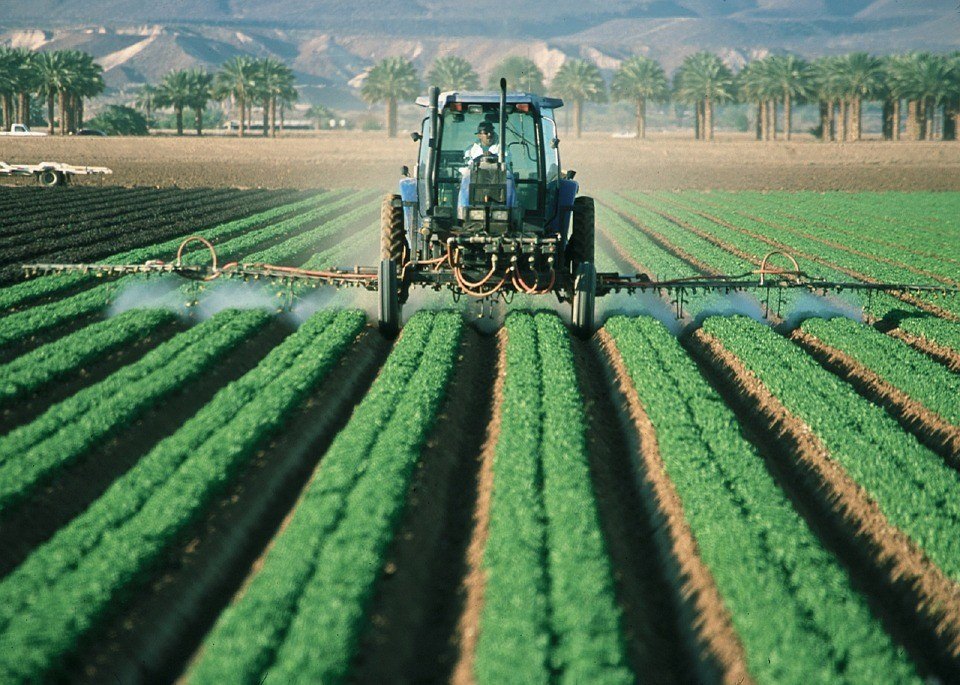


PROBLEM
Large agricultural corporations are clearing huge swaths of rainforest to grow some of the most unpleasant additives to our diets--GMO soybeans in South America and palm oil in Asia. Both of these cash crops are used to create what many health experts say are the most toxic food additives in our processed foods.
SOLUTION
In this case, it's very easy to cut the demand for this destructive type of large corporate farming. Simply stop eating processed foods. We are facing a health epidemic of diabetes, obesity and heart failure. Since the Standard American diet is the common denominator, our bodies will thank us for dropping the nasty additives and eating the way our grandmothers taught us to again.
The other culprits of agricultural deforestation in the rainforest are nuts, rubber, cacao, rice and banana production. All of these crops can be sustainably grown, but are often grown as monoculture crops in freshly cleared rainforest land for convenience and larger profit.
So, how can we stop deforestation when there are so many causes? It takes a thought and research every time we make a purchase, whether large or small. Whenever possible, it's important to check the source of your foods' ingredients and to make sure that it is sustainably and more importantly, fairly grown. Timber should be purchased locally when possible. Paper should be recycled. You get the idea.
A Little More Incentive to Save the Rainforest



For the foodies in my reading audience, there's one major concern that we rarely consider. The rainforests are home to roughly 3,000 varieties of fruits, 2,000 of which the natives use in their diets. In the modern world, we only consume about 200 of these foods. What future culinary delights would we be losing for cheaper soybean, cocoa or palm oil production?
These are only the main causes of rainforest deforestation. Other threats to this vital part of our ecology are emerging every year, so keeping up on our research helps us to be better caretakers of our planet. We vote with our dollars every time we make a purchase.
Estimates are that if we continue at our current rate of destruction, our rainforests could be completely gone in less than half a century. With the loss of these rainforests, we also suffer the loss of tens of thousands of species of plants, insects and animals forever.
Conclusion
At the end of the day, it's worth it to check into the source of our products a little further. After all, is it really worth it to be about to produce cheaper processed food, or buy rare, exotic wood if all of us will end up paying the price in the long run?
But then again, the fact that you are taking the time to read this article means you are already part of the solution.
